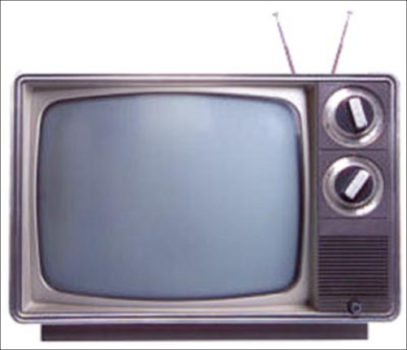TV Will Transition From Spot-Buying to Data-Driven Ad Buys

Access to real-time viewership data will enable the TV ad industry to improve the value of all inventory and move away from spot-buying, but it will require the use of a single common set-top box.
Alex Khan, Southeast Asia managing director for AOL Platforms, explains why this may have a higher chance of taking place in the Asia-Pacific region, in this week's Q&A.
ExchangeWire: Programmatic adoption is seen as lacking in the Asia-Pacific region. What would you say is still missing in the ecosystem that needs to be resolved to drive adoption?
Alex Khan: The media landscape in Asia-Pacific is fragmented, with different systems, inconsistent measures, and varying standards of expertise. We see a huge opportunity in helping to establish greater consistency through the adoption of our platform.
What are some key opportunities, as well as challenges, in the Asia-Pacific programmatic TV industry?
Although we're some ways from it yet, it's not beyond the realm of possibility that the FTA (free-to-air) industry would agree on the deployment of one set-top box, or at least an industry standard, so we can see real-time data on viewer behaviour. It's a possibility, especially in many Asian countries, where there's typically one dominant pay TV player and not a vast number of FTA broadcasters.
This means we will begin moving away from the traditional spot-buying approach, to one where schedules are planned using sophisticated datasets. Data will be crucial for audience buys. It will increase the relevance of all types of inventory, not just the high-rating blockbusters, but also those with lower audience numbers – that contain well-defined demographic – and help establish a seamless integration between online and off-air audience.

Alex Khan, AOL Platforms' Southeast Asia managing director
In addition, we'll see huge efforts in the education of both agencies and advertisers on how to adapt to audience buying based on data and across platforms, as they move away from traditional spot-buying. With the rising adoption of smartphones across Asia, advertisers and broadcasters must understand how to adapt their roles in the marketing mix of the future in order to survive.
TV is one of the last traditional media to move into programmatic. What unique challenges does it face?
Until now, one of the challenges has been gathering behavioural data. It's expected online, but hard to do in a television environment. We're trying to address this with our partnership in Australia with MCN; which one of the first in the world aimed at providing a platform to retrieve this data and feed it into media buying decisions.
The other big obstacle is around educating clients on a new buying methodology for TV. It can be somewhat of a scary mindset shift, but the industry recognises the importance of buying across multiple channels and clients are demanding cohesive campaigns, rather than clusters of silos.
Marketers want the ability to buy across multiple delivery channels and reach a single audience, based on user behaviour – consumption and channel – and directly measure ROI, using MTA (Multi Touch Attribution) methodologies. This is what we aim to provide with ONE by AOL platform.
Attribution remains a key issue, especially for channels that have yet to be fully addressed programmatically, such as TV, radio, and outdoor. How is AOL resolving this?
It has always been a double whammy, hasn't it? TV takes none of the credit for the online activities it creates, and online takes all the credit from the last click. This is something AOL has been working hard to address.
Fundamentally, it all boils down to metrics. AOL has patented a conversion tracking system that uses a machine-learning process to recognise conversions that came from TV, recognising patterns between airing and conversion. This is all contained in the ONE by AOL platform that ties together the technology stack that AOL has been acquiring over the last five years.
It brings together products like Adap.tv (now ONE Video) and our DSP AOP (now One Display), with inventory access such as Marketplace by Adtech and ONE Video Marketplace. These have audience measurement from advertiser or first-party data, third-party data, and AOL's own cross-screen data (now known as ONE Audience). All of these can be measured by ONE Attribution (formerly known as Convertro). All in all, this is a major move towards a single technology partner, that is open in its build and offers flexibility for its clients.
Over the next 6-12 months, AOL will be working to bring the full suite of solutions to Asia.
AdvertiserAgencyAnalyticsAPACCross-ChannelDataDSPMedia SpendMobileTargetingTVVideo








Follow ExchangeWire